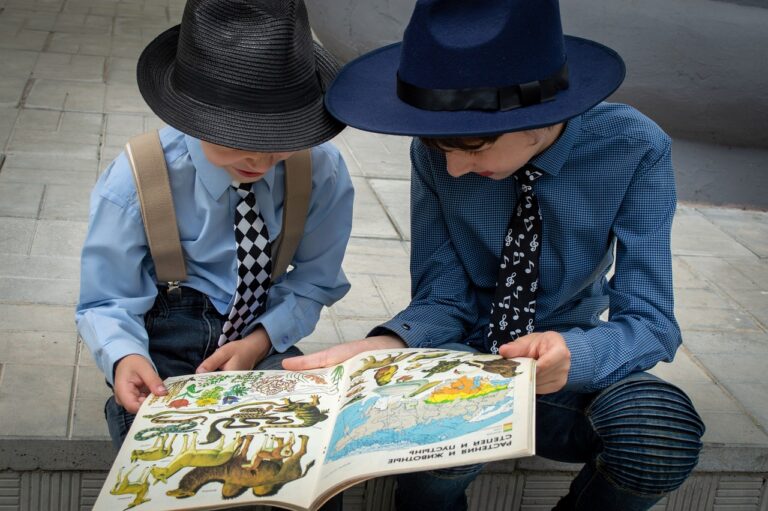Indigenous Education: Honoring Native Cultures and Histories in Curriculum
The inclusion of Indigenous perspectives in education is crucial for fostering a more inclusive and diverse learning environment. By incorporating Indigenous knowledge, histories, and cultures into the curriculum, educators can help students develop a broader understanding of the world around them. This, in turn, can lead to greater appreciation and respect for different ways of knowing and being.
Through the incorporation of Indigenous perspectives in education, students can gain a more comprehensive and well-rounded education that reflects the rich tapestry of human experiences. By learning about Indigenous cultures and worldviews, students can challenge stereotypes and misconceptions, ultimately promoting greater cultural awareness and empathy. It is essential for educational institutions to recognize the value of Indigenous perspectives and work towards creating a curriculum that reflects the diverse voices and experiences of all people.
Recognizing the Diversity of Indigenous Cultures
Indigenous cultures around the world are incredibly diverse, with each community having its unique traditions, languages, and beliefs. These rich cultural heritages are deeply rooted in the land, history, and spirituality of Indigenous peoples, shaping their identities and ways of life. From the Maori of New Zealand to the Navajo Nation in the United States, the diversity of Indigenous cultures is vast and deserving of recognition and respect.
By recognizing and celebrating the diversity of Indigenous cultures, we not only honor their legacy but also acknowledge the resilience and strength of Indigenous communities worldwide. Each culture offers valuable insights into environmental stewardship, community building, and holistic well-being that can enrich education systems and promote cultural understanding and appreciation. Embracing the multiplicity of Indigenous cultures paves the way for a more inclusive and equitable society where diverse perspectives are valued and uplifted.
Challenges Faced in Implementing Indigenous Education in Curriculum
Challenges arise when integrating Indigenous perspectives into mainstream educational curricula. One significant obstacle is the lack of resources and training for educators to effectively incorporate Indigenous knowledge and traditions into their teaching practices. Without proper support and guidance, educators may struggle to accurately represent the diverse cultures and histories of Indigenous peoples.
Additionally, resistance and pushback from various stakeholders within educational institutions can impede progress in implementing Indigenous education. Some may question the relevance or importance of including Indigenous perspectives in the curriculum, leading to a reluctance to embrace change. Overcoming these challenges requires a concerted effort to educate and engage all members of the educational community on the significance of incorporating Indigenous knowledge into learning environments.
Why is it important to include Indigenous perspectives in education?
Including Indigenous perspectives in education promotes cultural diversity, understanding, and respect for different ways of life. It also helps to combat stereotypes and misconceptions about Indigenous cultures.
How can educators recognize the diversity of Indigenous cultures in their curriculum?
Educators can recognize the diversity of Indigenous cultures by incorporating a variety of perspectives, histories, languages, and traditions from different Indigenous groups. This can help to avoid presenting a homogenized or stereotypical portrayal of Indigenous peoples.
What are some of the challenges faced in implementing Indigenous education in curriculum?
Some challenges include resistance from traditional curriculum frameworks, lack of resources and training for educators, misconceptions about Indigenous cultures, and the need for collaboration with Indigenous communities to ensure authenticity and respect in educational materials.







